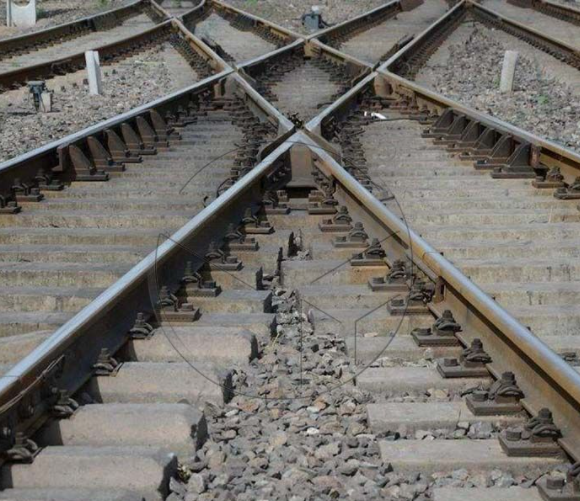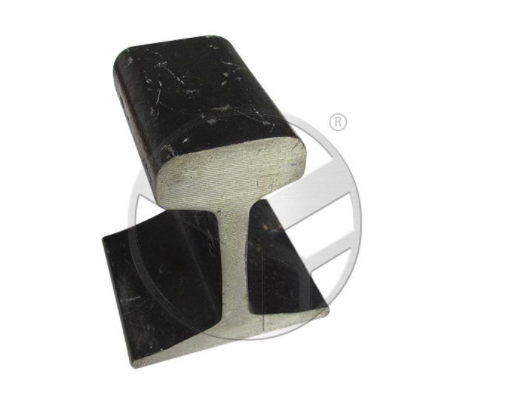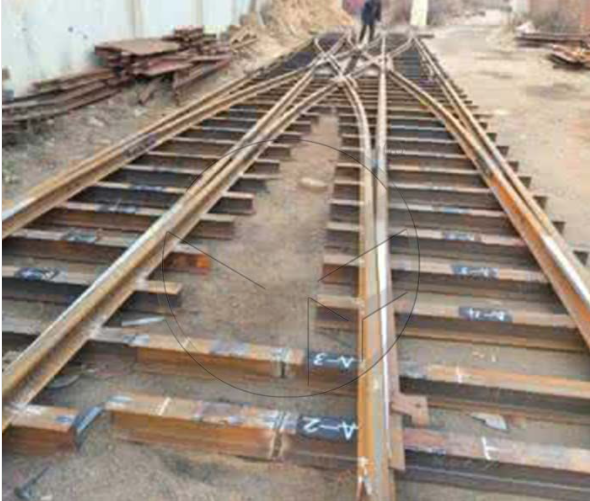Types and Structure of Railroad Turnouts
A railway turnout, also known as a railroad switch, is a connecting device in a modern railroad system. As an important part of the track, railway turnouts are used to allow trains to change tracks. There are three basic forms of railway turnouts: crossover, connection, and combination of crossover and connection. Railway turnouts are generally laid at stations and grouping stations. Railway turnouts are characterized by huge quantity, complex structure, short life, speed limit, low safety and high maintenance cost. Railroad turnouts, railroad curves and track connections are called "three weak links of the track".

Railroad turnout
As we all know, railroad turnouts can move trains from one track to another. How does a railroad switch work? It is mainly done by a component of the railroad switch. A turnout is a component that guides trains on the main track or siding. The turnout consists of rails, turnouts, some connectors and turnout equipment.
In the past, the turnout was the one who decided the direction of train travel. When a train needed to be diverted, the switchman operated the switch manually. Modern railroad systems are so automated that rutters are not needed. Instead, railroad crews control railroad turnouts electrically.

Chinese standard 55Q 30kg/P30 railroad track
Types of Railway Turnouts
There are many types of turnouts, including simple turnouts, equilateral turnouts, three-way turnouts and sliding turnouts.
Simple turnout
The main track of simple turnout is straight, and the lateral line is bifurcated from the main track to the left or right. Simple turnout is generally composed of turnout, jaws, guideway and connecting parts. Simple turnouts are widely used, reaching 90% of all kinds of railroad turnouts. The gap of the frog limits the speed of the train. Moving point frog is an effective way to increase the crossing speed of turnout.
Equilateral turnout
The equilateral turnout includes two roads that diverge from the main track to the left and right. Each part of the turnout is symmetrically arranged along the turnout bend parallels. The radius of the two connecting track curves is the same, and there is no difference in operating conditions. The equilateral turnout has the advantages of increasing the lead radius and shortening the station length. Therefore, the equilateral turnout can be used at the head or tail of the switching yard. If necessary, equilateral turnouts are also used together with simple turnouts.
Three-way turnout
A three-way turnout is a turnout that bifurcates from the main track into three different directions. It usually consists of one straight rail, two curved rails, two turnout rails and three curved rails. Three-way turnouts are required for railroad sections that are restricted by terrain. The advantage of three-way turnout is shorter length, but it also has disadvantages such as short service life of turnout, weakened turnout and missing guide rail. Three-way turnouts are generally used at switchyard heads, pile end stations, etc.
Slip switch
Sliding switch means combining a simple turnout and another railroad turnout. Slide switch includes single slide switch and double slide switch. Sliding switch has both switching function and less grounding requirement. In addition, fewer curves and smooth operation facilitate higher train speeds. Slide switches have more disadvantages, such as complex structure, many components and difficult maintenance. For safety and maintenance reasons, slide switches are rarely used on main roads, but mostly in formation stations, passenger stations and land restricted throats.

Railroad turnouts help tracks to fully utilize their passing capacity. In a word, turnouts ensure the safety and reliability of railroads, same as other railroad fasteners, such as rail joints, rail sleepers, rail clamps, road spikes, etc. YONGANG sells all kinds of railway products, please contact us today to buy the one you want.
评论
发表评论